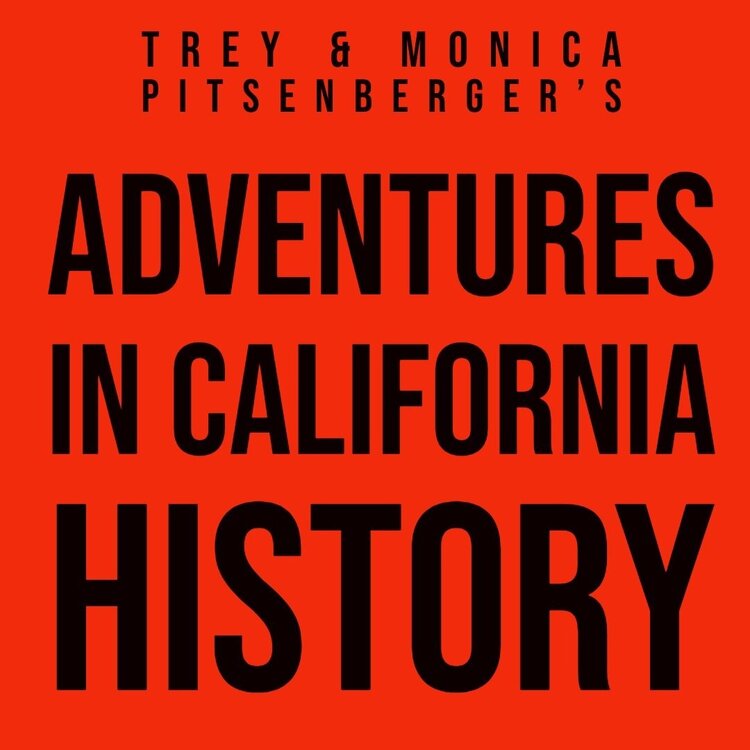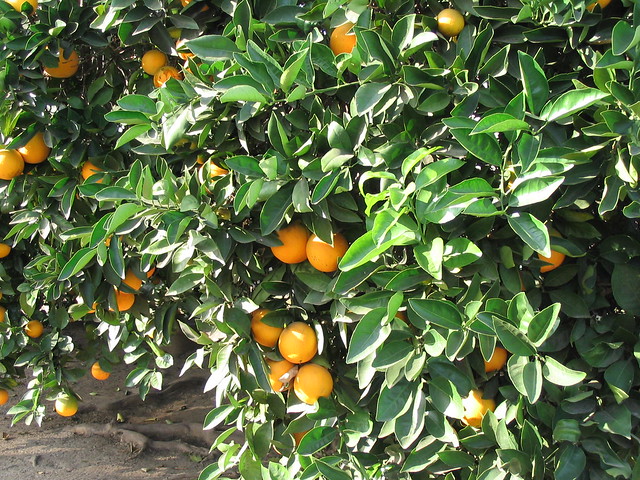 According to the American Nursery and Landscape Association (ANLA) the winner of the "Garden Idol 2012" award is "The Scallywag Holly" from Monrovia Growers. The Garden Idol awards are are held at The ANLA annual clinic and are for what attendees think is the best new plant introduction of the year. Each grower presents their new introduction, with some presenters putting on quite a show. In the case of Scallywag Holly, Monrovia Growers put on a skit complete with pirate gear and song. It can be viewed here.
According to the American Nursery and Landscape Association (ANLA) the winner of the "Garden Idol 2012" award is "The Scallywag Holly" from Monrovia Growers. The Garden Idol awards are are held at The ANLA annual clinic and are for what attendees think is the best new plant introduction of the year. Each grower presents their new introduction, with some presenters putting on quite a show. In the case of Scallywag Holly, Monrovia Growers put on a skit complete with pirate gear and song. It can be viewed here.
While the presentation by The Monrovia staff in their pirate gear is great, no amount of "song and grog" will change the fact that the winner is a holly. What are the outstanding attributes of this plant? Here is the description according to Monrovia. "Ahoy Maties! "X" marks the spot for this four foot, dense, Ilex Scallywag. This is your next garden treasure that is sure to bring in lots of loot. This will make all other dwarf hollies walk the plank. An exciting discovery, this attractive sport of Little Rascal® Holly is a more upright grower, still having a dense, rounded form. Shiny dark green foliage takes on attractive purple-burgundy tone in fall and winter. A wonderful foundation shrub with improved disease resistance. This male holly will not produce berries; use as a pollinator." Yarrrr, a pollinator.
If "Scallywag Holly" doesn't have you running to the local garden center, what will? How about a local grower who is crossing various heirloom tomatoes to get new varieties? Wild Boar Farms is "Located 40 miles North-East of Berkeley bordering Napa County to the East is the Suisun Valley which is located in Solano County". Check out this page with pictures of all the new tomato varieties. As I mentioned in an earlier post, the future of garden diversity is in the hands of the amateur and small gardener. Wild Boar Farms currently sells to restaurants around The Bay Area. "'Wild Boar Farm's Tomatoes are Beautiful and Flavorful. They're Tomatoes You'll Never Forget'. The Office and Staff of Alice Waters at Chez Panisse". Wild Boar Farms is starting to sell their seedlings to smaller, local garden centers. Now that's exciting!
From the pictures and description I cannot attest to how "exciting" Scallywag Holly is, nor have I tried any of the tomatoes from Wild Boar Farms. It just seems that the action in the gardening world is increasingly in the hands of the smaller operations who are not afraid to take chances, or have no other choice but to take chances. Look for the real exciting stuff in gardening to come from the smaller players in the corners, when you least expect it!











